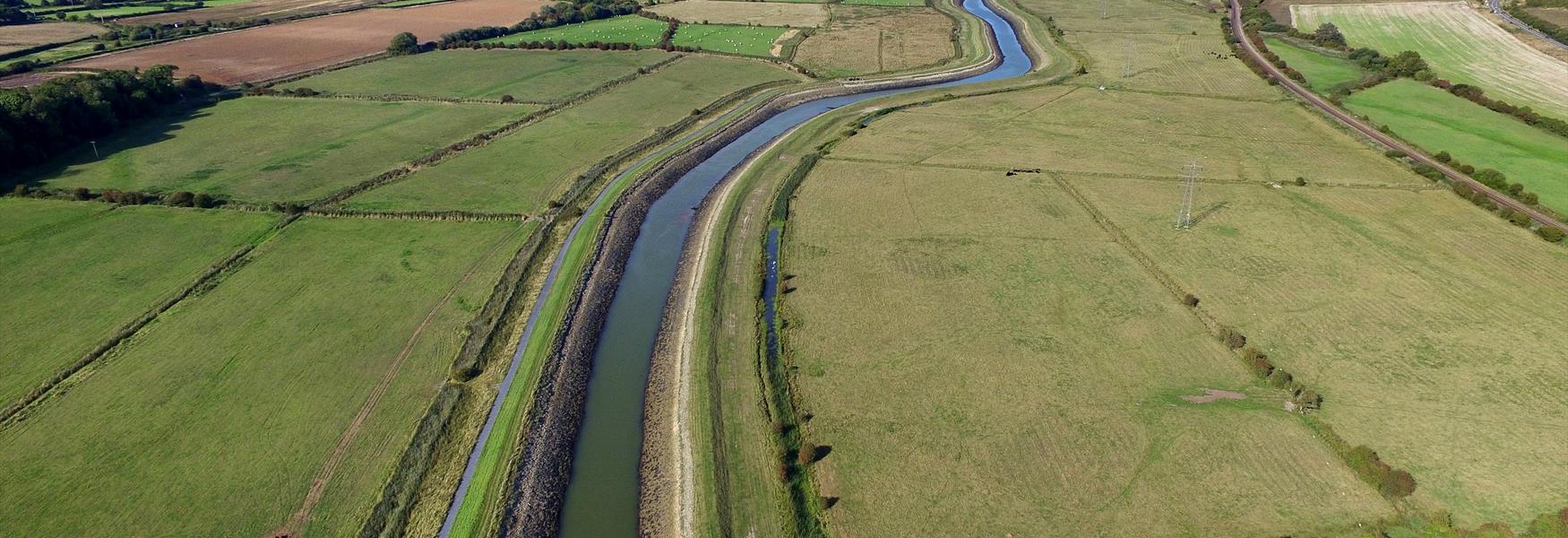You are here: Explore > Countryside

With our towns and villages situated so close to the South Downs National Park, outdoor activities such as walking and cycling are incredibly popular in our district. Whether it be a gentle ramble along the river or mountain biking over the hills, venturing out into our great outdoors is a pleasure not to be missed. We are also part of the only UNESCO world Heritage Biosphere region in the South East of England.
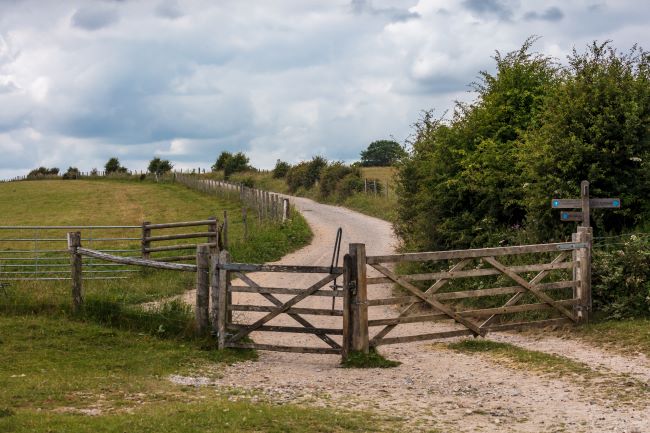 The South Downs Way
The South Downs Way
The 100 miles (160 Km) long South Downs Way National Trail stretches from Winchester to Eastbourne, and follows the old routes and droveways along the chalk escarpment and ridges of the South Downs. Much of the trail passes through the Lewes District, giving unparalleled views of our beautiful and varied landscape, from rolling green hills, ancient woodlands, and breathtaking seascape.
Visit the National Trails website to plan a short amble or a longer adventure, and check out our accommodation pages for places to stay along the way.
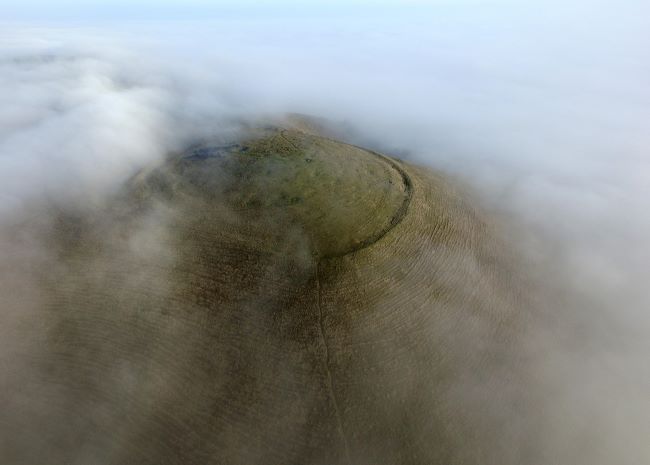 Mount Caburn
Mount Caburn
Mount Caburn, the site of an iron age hill fort and area of special scientific interest, enjoys spectacular views across the South Downs and the Ouse Valley. It's a popular walking destination, and can be easily approached from either Lewes or the village of Glynde. It's also a favourite launching spot for paragliders: book a lesson or a tandem flight with a local flying school and soar free as a bird across the landscape.
.jpg) Firle Beacon
Firle Beacon
It’s an uphill hike from the village of Firle and an even harder cycle ride, but the good news for the less intrepid is that you can also drive up to a free car-park, from where it’s less than a mile walk to the top of Firle Beacon and the South Downs way. From the 217m summit, you get stupendous views for miles around: southwards to Newhaven and the Channel beyond, westwards to the historic town of Lewes, and northwards over the South Downs. This Chalk Grassland is also an extremely rich wildlife habitat, with up to 40 plant species per square metre that attract a huge array of butterflies.
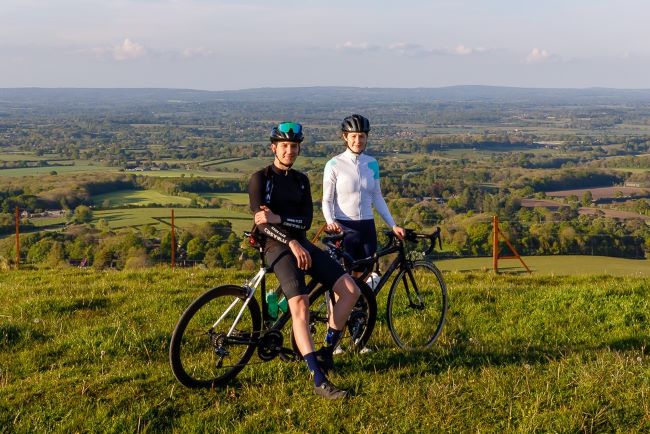 Ditchling Beacon
Ditchling Beacon
You can also walk to one of the highest points in East Sussex, which affords some of the best views you’ll find in South-East of England. The summit of Ditchling Beacon is on the South Downs Way, and also easily accessible by car (from Ditchling village via Beacon Rd), so there’s an interesting mix of sturdy hikers and more leisurely-moving sightseers enjoying the views. There’s also plenty of flora to enjoy including, if you’re lucky, lesser-spotted orchids and wild herbs.To plan your walk – OS Map Explorer 122 & 123 cover this area.
.jpg) For the Golfers
For the Golfers
Our area has some fantastic golf courses set in some magnificent locations with some of the best views in Sussex. Seaford Head Golf Course is a downland/links style course on the cliffs of Seaford. Another popular golfing spot is Lewes Golf Club. On a clear day the view extends as far as the North Downs. This downland track is very much a traditional test and, as it is built on chalk soil, it is playable throughout the year without the need for temporary greens or tees.
.jpeg) Seaford Head and the Seven Sisters
Seaford Head and the Seven Sisters
Just a short walk from Seaford beach takes you to a breathtaking line of chalk cliffs. Undoubtedly one of the best places to enjoy iconic views of the Seven Sisters and Cuckmere Valley. Seaford Head Local Nature Reserve (LNR) covers an area from the Golf Course eastwards to the Cuckmere Valley and north to Exceat Bridge. Lying within the South Downs National Park, it is part of the Sussex Heritage Coast and home to many nationaly rare and significant species of plants, birds and insects.
Click here for details of the spectacular walk from Seaford via the Seven Sisters to Eastbourne.
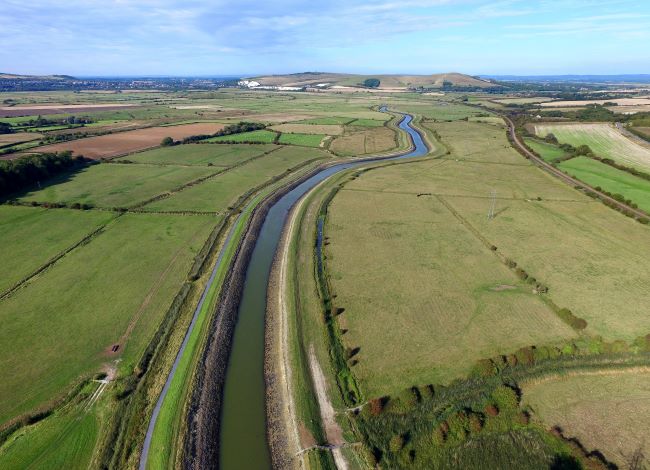 Egrets Way
Egrets Way
Starting at Newhaven’s Riverside Park, the Egrets Way follows the course of the River Ouse north to Lewes passing close to the villages of Piddinghoe and Southease. At Lewes it loops inland to link up with the villages of Kingston, on to Swanborough and Iford and then to Rodmell where it joins up again with the Ouse. With a distance of around 7 miles the route takes the walker or cyclist on a journey through landscapes that are as archaeologically fascinating as they are naturally captivating. Ancient villages, sites of special scientific interest, pubs, medieval waterways, working farms…….and a host of wildlife, not forgetting the little Egret, namesake of the routeway.
© Visit Lewes 2025. All Rights Reserved




